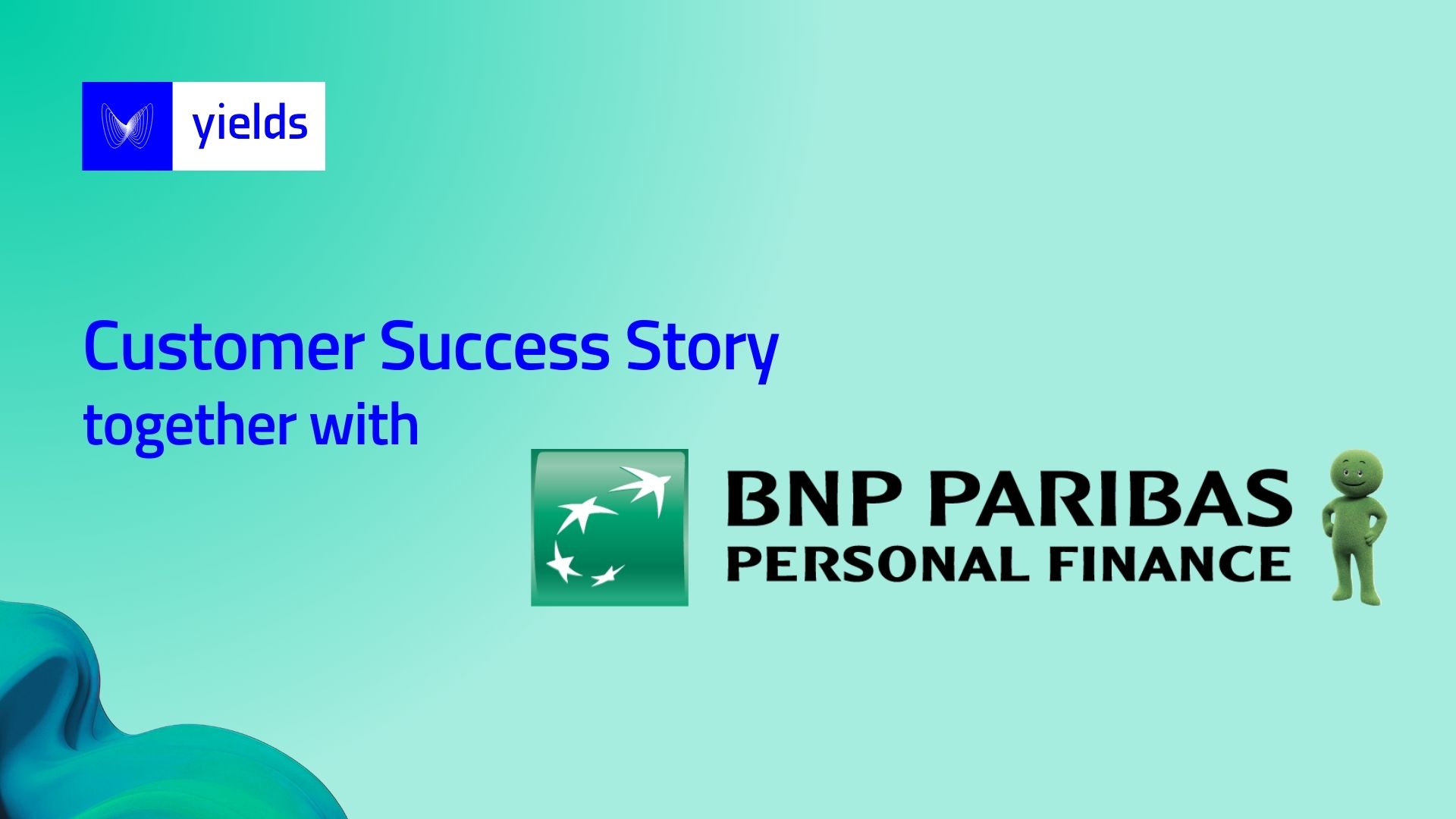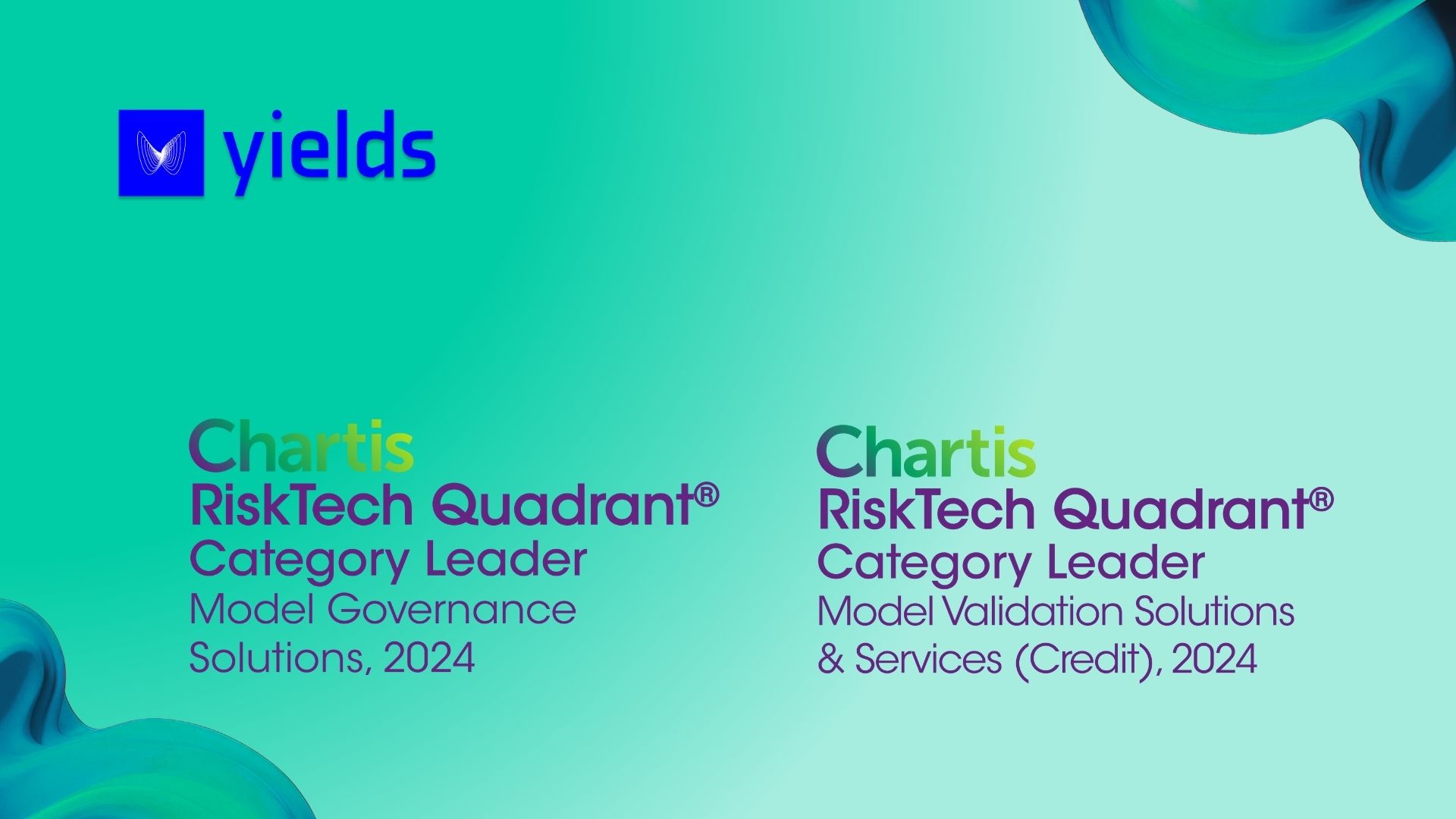Banking institutions must prioritize governance, risk management, and compliance (GRC) in the current landscape, where technology and customer demands continue to evolve. A strategic approach to GRC, therefore, becomes crucial in the banking sector, where numerous potential risks are at play.
According to Deloitte, 78% of companies are concerned about their ability to adapt to changing regulatory requirements. The dynamic environment, fueled by digital innovation, the emergence of social banking, and the advent of Web3 and blockchain technology, has compounded this process’s complexity. Therefore, a well-structured GRC strategy can act as a guiding force for banking institutions navigating these shifts and striving to achieve their objectives.
In this article, we will explore the foundational components of an integrated GRC strategy. Our aim is to provide your banking institution with insights into aligning governance, risk management, and compliance efforts to enhance your decision-making capabilities.
Challenges in implementing a successful GRC program
1. Managing regulations and stakeholders
Banking institutions must navigate highly complex and rapidly evolving regulations and stakeholder expectations. Staying abreast of new industry regulations while balancing the needs of various stakeholders, such as customers and regulators, can be challenging. However, achieving this balance is crucial for maintaining trust and compliance.
2. Change management
Change is one of the most significant challenges for businesses attempting to implement a GRC program. Altering established processes and integrating new technologies can often lead to employee resistance. To ensure the smooth adoption of GRC, banking institutions should employ change management strategies that assist employees and customers in seamlessly transitioning to new GRC frameworks.
3. Data handling and transparency
Banking institutions must collect, manage, and analyze large amounts of sensitive data daily. Studies have shown that 70% of financial companies have experienced a cybersecurity incident in the past year. Therefore, protecting personal or sensitive user data while maintaining high transparency can be challenging.
GRC implementation requires a rigorous and detailed approach to data management, encompassing specific data protection and handling processes. This involves obtaining explicit user consent before collecting data, ensuring secure storage, and managing information responsibly throughout its lifecycle.
4. Lack of robust GRC framework
The absence of a well-defined GRC framework specifically designed for banking institutions can hinder successful implementation. A robust and case-specific GRC framework serves as a foundation for creating effective governance, risk management, and compliance policies. A strategic GRC framework should underline the specific challenges and regulations that the institutions may encounter, and establish clear pathways to address them.
5. Clarity in information sharing
Maintaining accurate and effective communication channels for sharing information among stakeholders and teams within a GRC framework is vital. Information gaps or bottlenecks can lead to potential compliance risks in banking, so it is very important for banking institutions to establish precise and efficient communication channels between all concerned parties. Tools such as messaging apps and project management software can be used to facilitate these open communication channels.
Leveraging technology to build robust GRC frameworks
As the financial world embraces digital solutions, machine learning, and AI-centric models, the need for Model Risk Management (MRM) becomes more crucial than ever. By integrating MRM with GRC frameworks, banking institutions can be better equipped to precisely navigate the challenges associated with complex financial models and evolving regulations.
Model Risk Management (MRM) suites like Yields can provide banking institutions with dynamic solutions to steer operations toward compliance, risk avoidance, and governance.
Book a demo today to explore how Yields can enhance model risk management within your GRC practice! To get the latest news about Yields.io and our services, subscribe to our monthly newsletter! Daily news about Yields.io is available on our LinkedIn and Twitter feeds.




